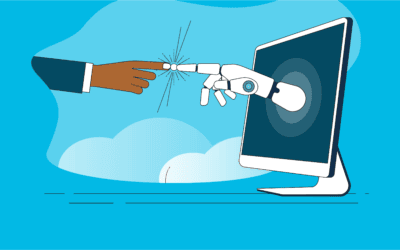This guest post was written by Rola Helou, one of Phil’s Strategy and Governance collaborators, who has over two decades of experience working with Indigenous communities.
I recently had the opportunity to participate in a Blanket Activity on the territory of the Yellowknives Dene First Nation in what is called the Northwest Territories. There, I learned that reconciliation should lead to reconciliACTION (Masi cho to Karen Wright-Fraser for this teaching).
Why ReconciliACTION matters
The recent discoveries of thousands of unmarked Indigenous graves at the hands of the Indian Residential School (IRS) system have been an overdue wake-up call for Canadians, forcing us to confront the true history of Indigenous peoples on this unceded land. Learning is a good first step. However, on September 30 this year, I invite you to do more than self-reflect or wear an orange t-shirt to remember the children who did not come home from residential schools. I invite you to take reconciliACTION.
Here are three concrete things you can do to advance reconciliACTION:
- Read the reports and the recommendations
Did you know, Wanda Gabriel reminds us, that since 1997, there have been more than 800 recommendations written in four different reports on Indigenous peoples? Take a moment today to review these reports and the recommendations they made. Are there any you or your organization can implement?
- Participate in an activity
Did you know that traditionally, Indigenous peoples learn through experiential activities? Learning through doing is available to all of us who wish to learn more about the history and present realities of Indigenous peoples. There are many local Indigenous organizations who offer the Blanket Exercise or the Circle and Box Exercise. Participating in these will allow you to increase your understanding while experiencing—empathy often unlocks an inner call to take action.Additionally, all are welcome to participate in community Pow Wows or other events organized by the community and open to the public.
- Encourage Indigenous entrepreneurs and organizations
Land acknowledgments demand meaningful action; they leave the listener asking, “so what? What next?.” Publishing land acknowledgments is a way to acknowledge that Canada still operates on unceded Indigenous land. However, if you organize activities and donate a portion of the proceeds to local Indigenous foundations and groups, then you are moving to reconciliACTION. See the distinction?There are so many ways to support reconciliACTION. Purchasing books, art, jewelry and services from Indigenous peoples, for example, will support the people and their communities in a positive way, being a tangible and immediate reconciliACTION.
To find more ideas and actions, read the 150 Acts of Reconciliation by Crystal Fraser and Sara Komarnisky.



